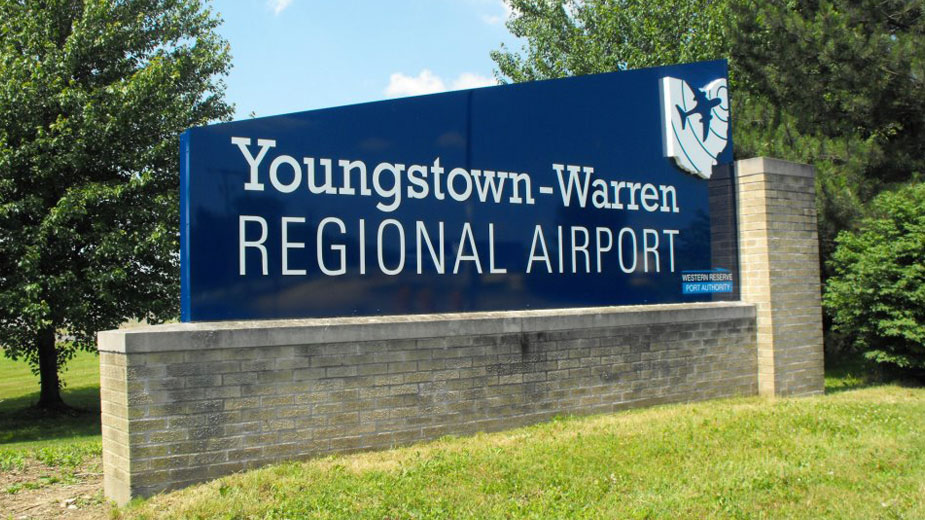Ohio Universities See Tuition Spike, Enrollment Decline
By Farah Siddiqi
Ohio News Connection
In the past 21 years, in-state undergraduate tuition and fees for some public universities in Ohio have doubled or more than doubled, according to Ohio Department of Higher Education data from 2003 and 2024.
As tuition has climbed, the department’s records show the number of students enrolled in Ohio public universities has decreased by nearly 47,000 from 2020 to 2023.
“We’ve already seen low enrollment,” said Piet van Lier, a senior researcher at Policy Matters Ohio. “We’ve seen enrollment drop over the past four years. It has to be, in part, because it costs more to go to school than it used to.”
Through the Ohio Department of Higher Education’s data, schools like Kent State University and The Ohio State University have seen sharp increases in tuition prices since 2003. Kent State has gone from an average yearly tuition price of approximately $6,374 in 2003 to $12,845 this year, while Ohio State has gone from $5,691 per year in 2003 to $12,859 this year.
In Ohio, the tuition rates of public universities are decided and set by university-level boards, such as the board of trustees, and the boards take into account factors including state funding (per-student appropriations), rising institutional costs (salaries, maintenance, utilities) and incoming student enrollment rates.
“Per-student allocation from the state that pays for higher education has dropped,” van Lier said. “What this means is that students have to pay more of that in the form of tuition. Schools are getting less aid and less support in terms of public dollars from the state, and that means their option is they have to increase tuition.”
College tuition, alongside state funding, helps universities cover their expenses.
“A significant portion of tuition revenue is allocated to paying faculty and staff salaries, instructional materials and other costs directly related to teaching and learning,” Aaron Horn, associate vice president of policy research at the Midwestern Higher Education Compact, said in an email. “Tuition revenue, along with other revenue sources, can help support a range of institutional needs, including administration, student support services (such as advising, counseling, career services and mental health services), financial aid, campus maintenance and technology.”
Horn said the cost of these services has increased over time significantly, making tuition rates go up as well to help cover the cost. And when enrollment falls, university revenue does too.
“This total revenue influences how much an institution can invest in academic quality; student support services such as advising, tutoring, mental health services and career counseling; infrastructure; and financial aid,” Horn said. “Institutions with higher and more stable revenue are generally better positioned to support positive student outcomes such as timely degree completion, whereas those facing revenue shortfalls may struggle to maintain the same level of support and quality.”
The increasing rates of higher education is impacting students to do more in order to afford schooling, including taking out loans and working more jobs.
“Around 70% of the students that we do work with do have college affordability issues, meaning that they do take out large amounts of loans in order to access school,” said Mary-Pat Hector, CEO of Rise, a national nonprofit organization focused on politically empowering students. “And many of them do work two to three jobs in order to attend school.”
According to Urban Institute, 30% to 40% of undergraduate students take federal student loans in any given year, and the student loan debt in the United States is approximately $1.75 trillion. In 2019, about 36% of students took out student loans.
To work on lowering the student loan debt, in 2022 42.4% of full-time undergraduate students had a job while enrolled in school. Five years ago, the percentage of undergraduate students with jobs while enrolled in school was similar at a 44.5% rate.
For van Lier, there is growing support to offset the tuition imbalance in the state, and one way to do that is to maximize the potential of state programs.
“One of the things we often highlight is the Ohio College Opportunity Grant, which is the state’s main way of providing need-based financial aid,” he said. “Ohio really should be changing how OCOG is structured, so people who choose the most affordable options for their post-secondary education are going to be able to access the OCOG money.”
The fight for truly affordable higher education rates is still ongoing for Hector, but she believes the fight is worth it.
“I think more individuals will be able to access, of course, school,” she said. “More of us will be able to compete globally with other countries that really value education and investing in the next generation of their citizens. And I think more Americans will be able to live out the American dream.”
Pictured at top: Image via Adobe Stock. (William W. Potter)
Published by The Business Journal, Youngstown, Ohio.



